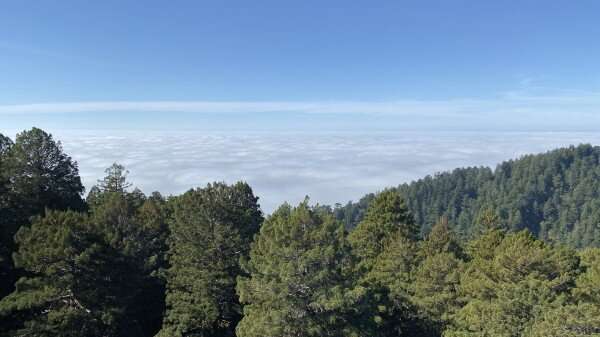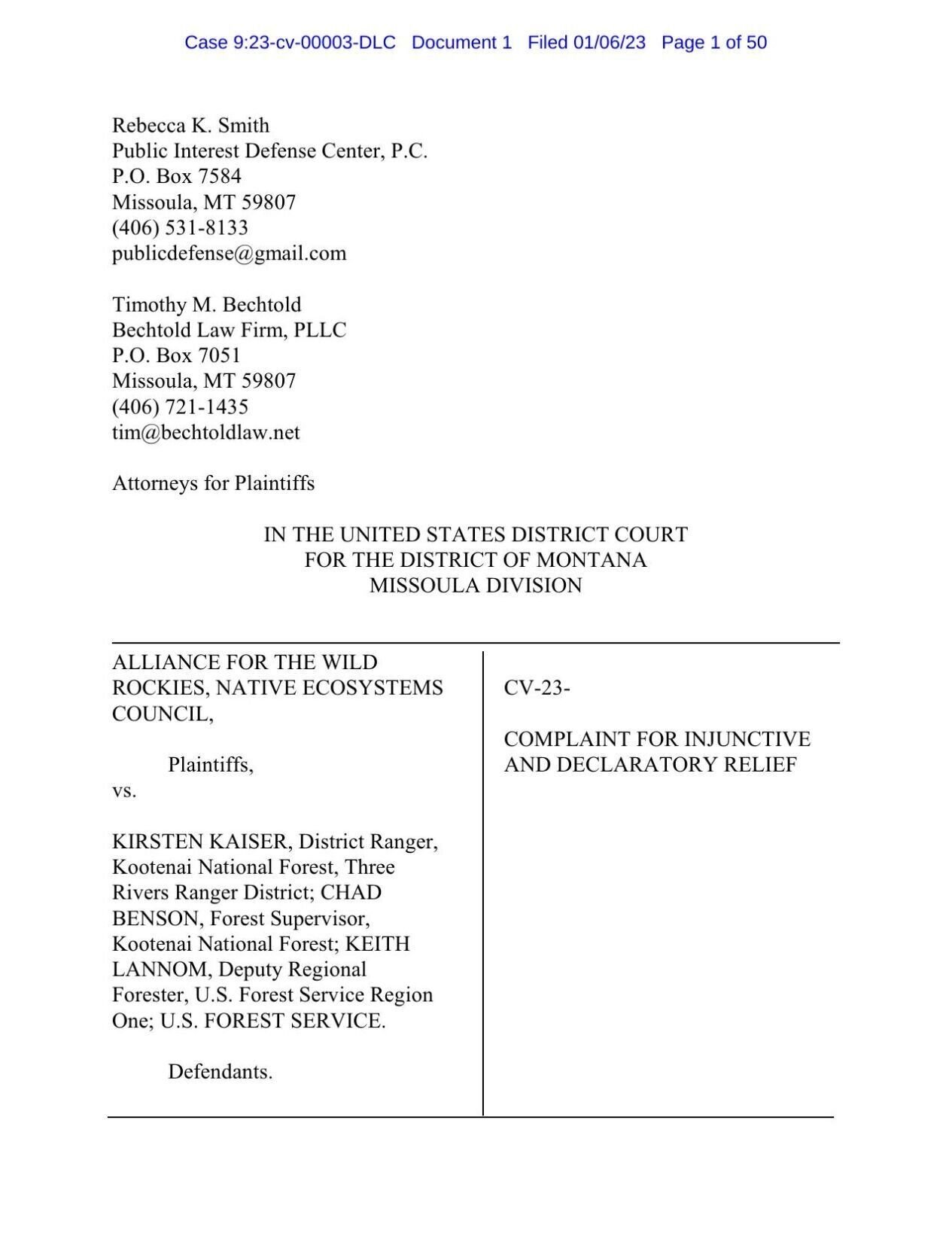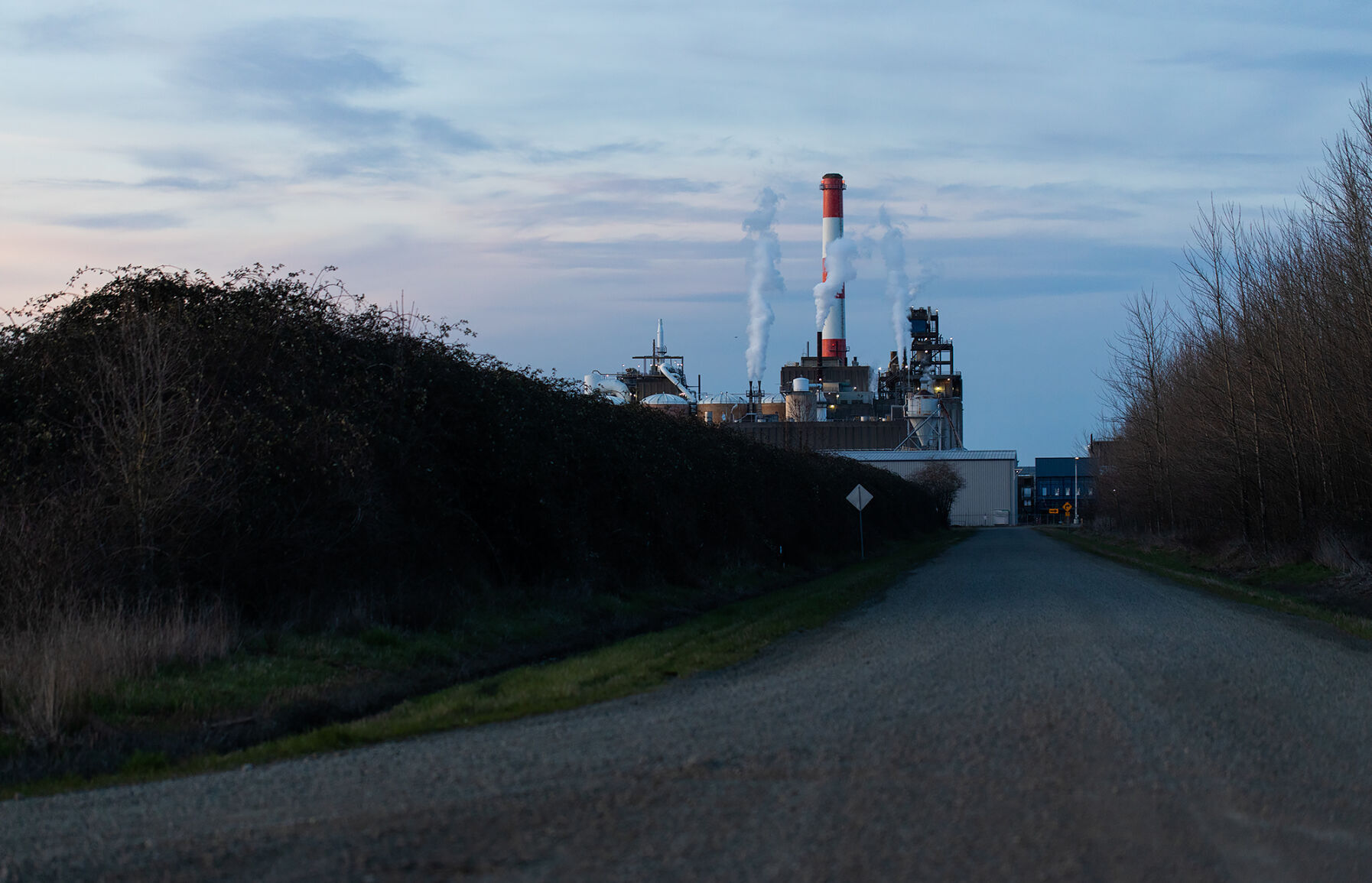 PLEASANTON, California — Simpson Strong-Tie, a structural connectors and building solutions company, announced that it has acquired Elk Grove, California–based EstiFrame Technologies, Inc. Founded in 2017, EstiFrame provides component manufacturing and framing technologies to the construction industry, including the EasyFrame automated marking system that matches saws with digital printers to label 2x frame members for fast and accurate assembly. …As part of the acquisition, Gifford and Love will remain with the EstiFrame team to ensure a seamless transition as Simpson Strong-Tie assumes customer sales and service.
PLEASANTON, California — Simpson Strong-Tie, a structural connectors and building solutions company, announced that it has acquired Elk Grove, California–based EstiFrame Technologies, Inc. Founded in 2017, EstiFrame provides component manufacturing and framing technologies to the construction industry, including the EasyFrame automated marking system that matches saws with digital printers to label 2x frame members for fast and accurate assembly. …As part of the acquisition, Gifford and Love will remain with the EstiFrame team to ensure a seamless transition as Simpson Strong-Tie assumes customer sales and service.






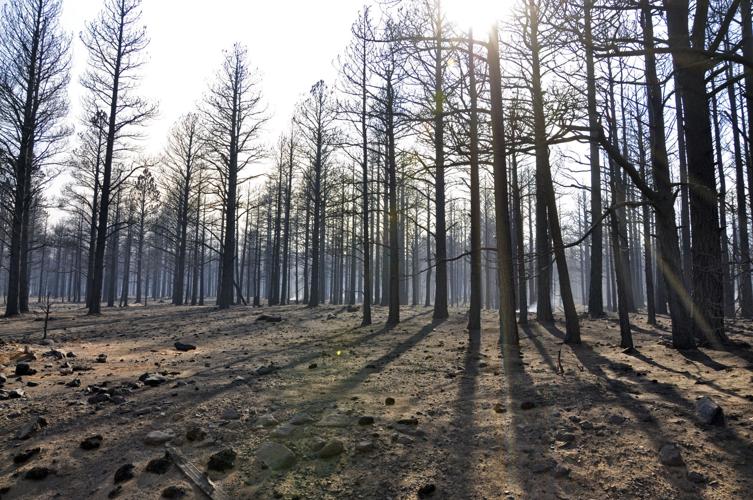
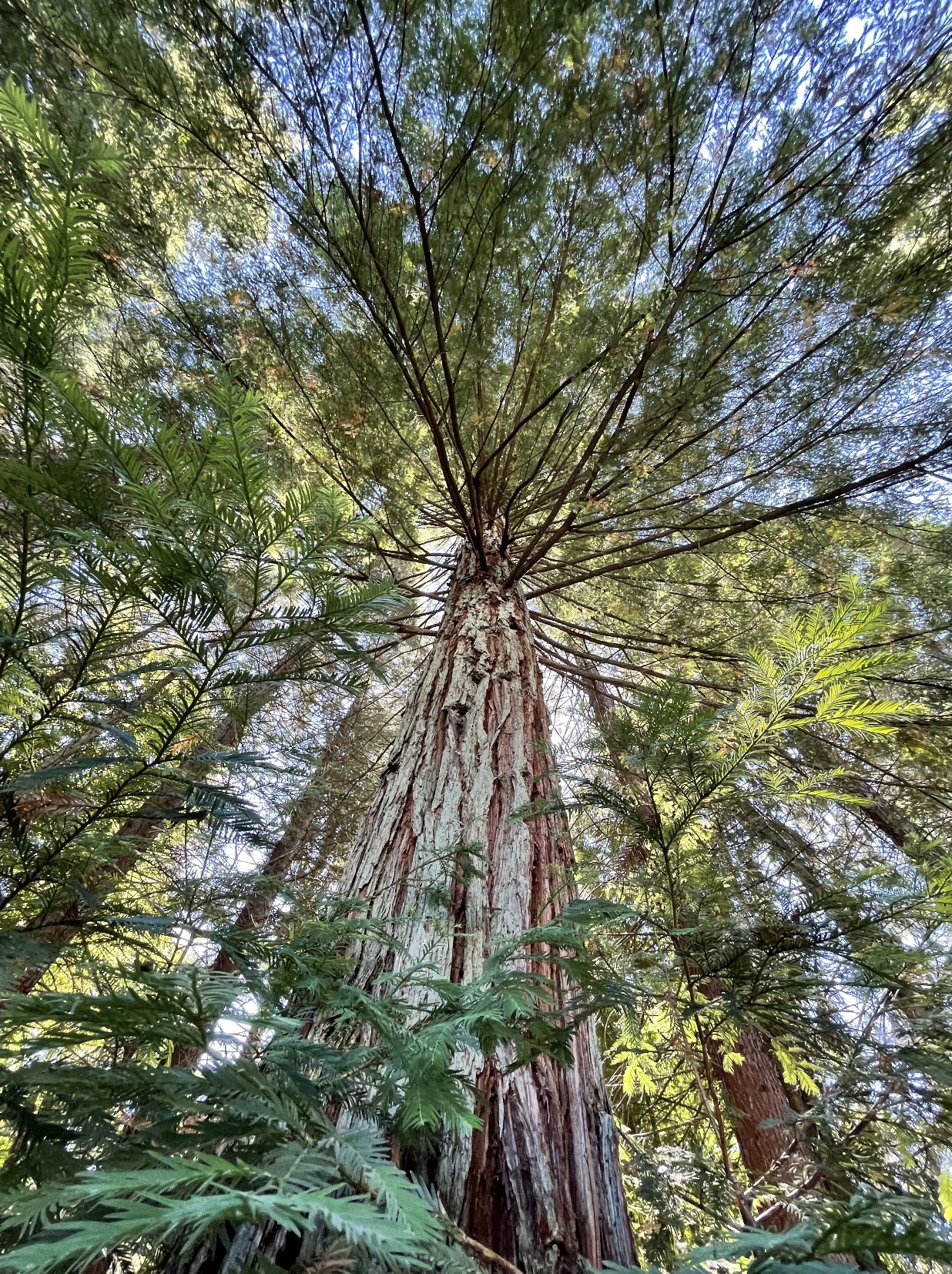 Ecosystems are
Ecosystems are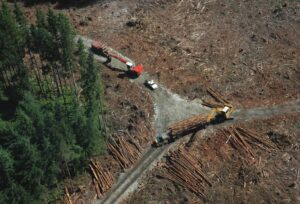 A long-term Pacific Northwest study of landslides, clear-cutting timber and building roads shows that a forest’s management history has a greater impact on how often landslides occur and how severe they are compared to how much water is coursing through a watershed. Findings of the research, led by associate forest engineering associate professor Catalina Segura and graduate student Arianna Goodman of the Oregon State University College of Forestry, were published in the journal Earth Surface Processes and Landforms. Probing the factors behind landslide frequency and magnitude is crucial because slides occur in all 50 states, causing an average of more than 25 deaths per year, according to the United States Geological Survey. The USGS puts the total annual average economic damage resulting from landslides at greater than $1 billion.
A long-term Pacific Northwest study of landslides, clear-cutting timber and building roads shows that a forest’s management history has a greater impact on how often landslides occur and how severe they are compared to how much water is coursing through a watershed. Findings of the research, led by associate forest engineering associate professor Catalina Segura and graduate student Arianna Goodman of the Oregon State University College of Forestry, were published in the journal Earth Surface Processes and Landforms. Probing the factors behind landslide frequency and magnitude is crucial because slides occur in all 50 states, causing an average of more than 25 deaths per year, according to the United States Geological Survey. The USGS puts the total annual average economic damage resulting from landslides at greater than $1 billion.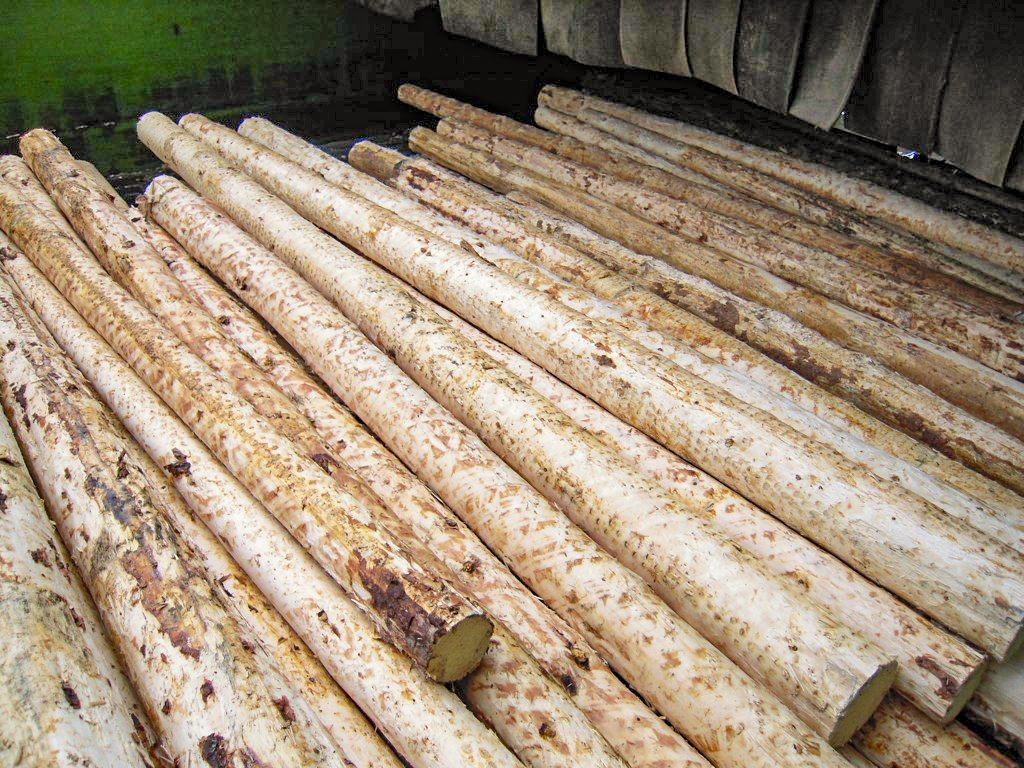 In a reversal, the U.S. Department of Agriculture Forest Service issued a final repeal of the 2020 Alaska Roadless Rule. The move formally reinstates the 2001 roadless rule in the Tongass National Forest, and effectively prohibits timber harvest and road construction within designated Inventoried Roadless Areas. Gov. Mike Dunleavy said the decision is major loss for Alaskans. “It’s yet another way the Biden administration is singling out Alaska,” he stated on Jan. 25. “Alaskans deserve access to the resources that the Tongass provides – jobs, renewable energy resources, and tourism, not a government plan that treats human beings within a working forest like an invasive species.” …Numerous environmental safeguards currently ensure that economic survival is balanced with conservation practices and resource protection.
In a reversal, the U.S. Department of Agriculture Forest Service issued a final repeal of the 2020 Alaska Roadless Rule. The move formally reinstates the 2001 roadless rule in the Tongass National Forest, and effectively prohibits timber harvest and road construction within designated Inventoried Roadless Areas. Gov. Mike Dunleavy said the decision is major loss for Alaskans. “It’s yet another way the Biden administration is singling out Alaska,” he stated on Jan. 25. “Alaskans deserve access to the resources that the Tongass provides – jobs, renewable energy resources, and tourism, not a government plan that treats human beings within a working forest like an invasive species.” …Numerous environmental safeguards currently ensure that economic survival is balanced with conservation practices and resource protection.
 WASHINGTON — The U.S. Department of Agriculture (USDA) finalized protections for the Tongass National Forest in Alaska, the world’s largest intact temperate rainforest. USDA’s final rule repeals the 2020 Alaska Roadless Rule and restores longstanding roadless protections to 9.37 million acres of roadless areas that support the ecological, economic and cultural values of Southeastern Alaska. …At 16.7 million acres, the Tongass National Forest represents the largest intact tract of coastal temperate rainforest on earth and is considered critical for carbon sequestration and carbon storage to help mitigate climate change. …The announcement reflects the Administration’s commitment to strengthening nation-to-nation relationships and incorporating Indigenous knowledge, stewardship, and Tribal priorities into land management decision-making. …Repealing the 2020 Alaska Roadless Rule, which exempted the Tongass from roadless protections, will return the inventoried roadless areas of the forest to management under the 2001 Roadless Rule, which prohibits road construction, reconstruction, and timber harvest in inventoried roadless areas, with limited exceptions.
WASHINGTON — The U.S. Department of Agriculture (USDA) finalized protections for the Tongass National Forest in Alaska, the world’s largest intact temperate rainforest. USDA’s final rule repeals the 2020 Alaska Roadless Rule and restores longstanding roadless protections to 9.37 million acres of roadless areas that support the ecological, economic and cultural values of Southeastern Alaska. …At 16.7 million acres, the Tongass National Forest represents the largest intact tract of coastal temperate rainforest on earth and is considered critical for carbon sequestration and carbon storage to help mitigate climate change. …The announcement reflects the Administration’s commitment to strengthening nation-to-nation relationships and incorporating Indigenous knowledge, stewardship, and Tribal priorities into land management decision-making. …Repealing the 2020 Alaska Roadless Rule, which exempted the Tongass from roadless protections, will return the inventoried roadless areas of the forest to management under the 2001 Roadless Rule, which prohibits road construction, reconstruction, and timber harvest in inventoried roadless areas, with limited exceptions. 


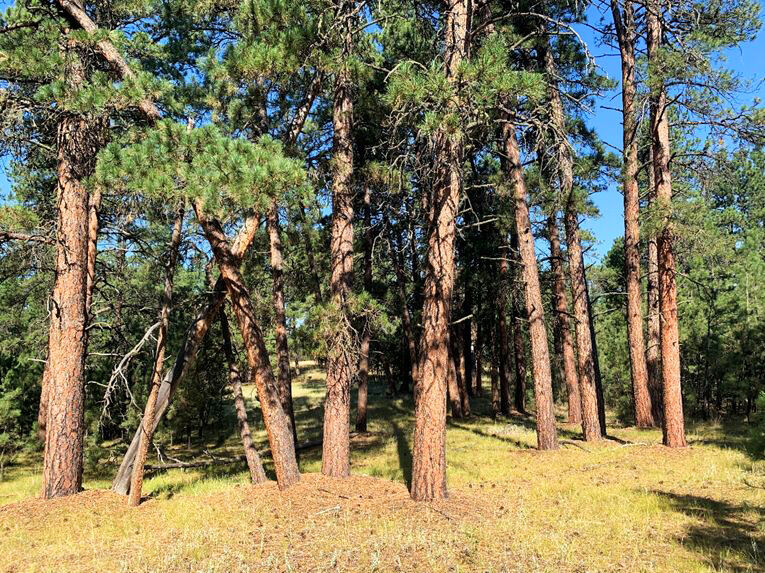
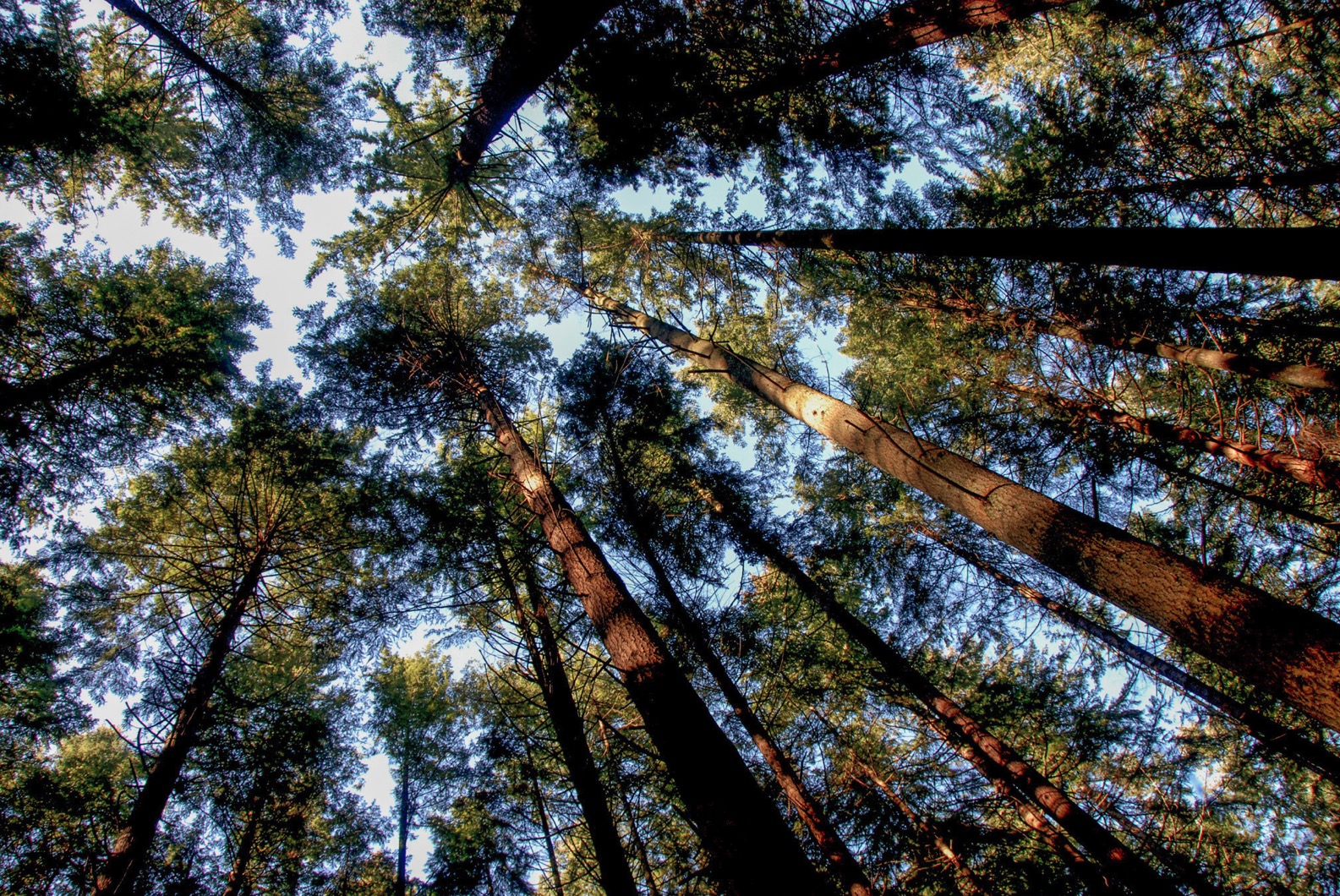 From “
From “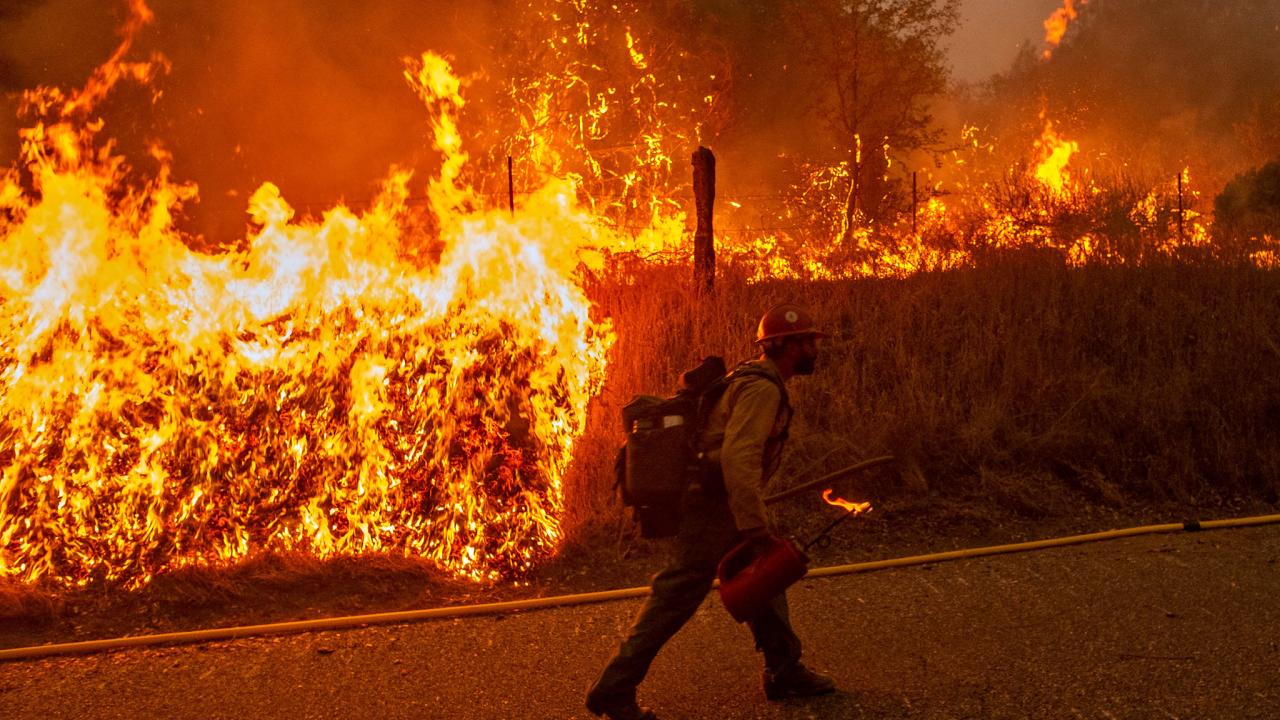
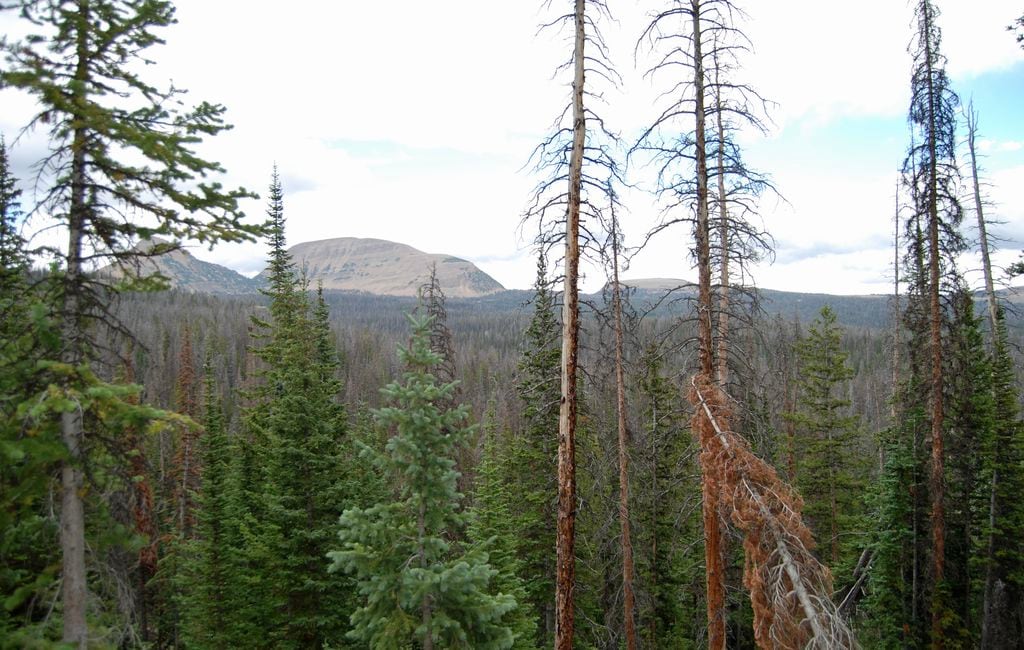


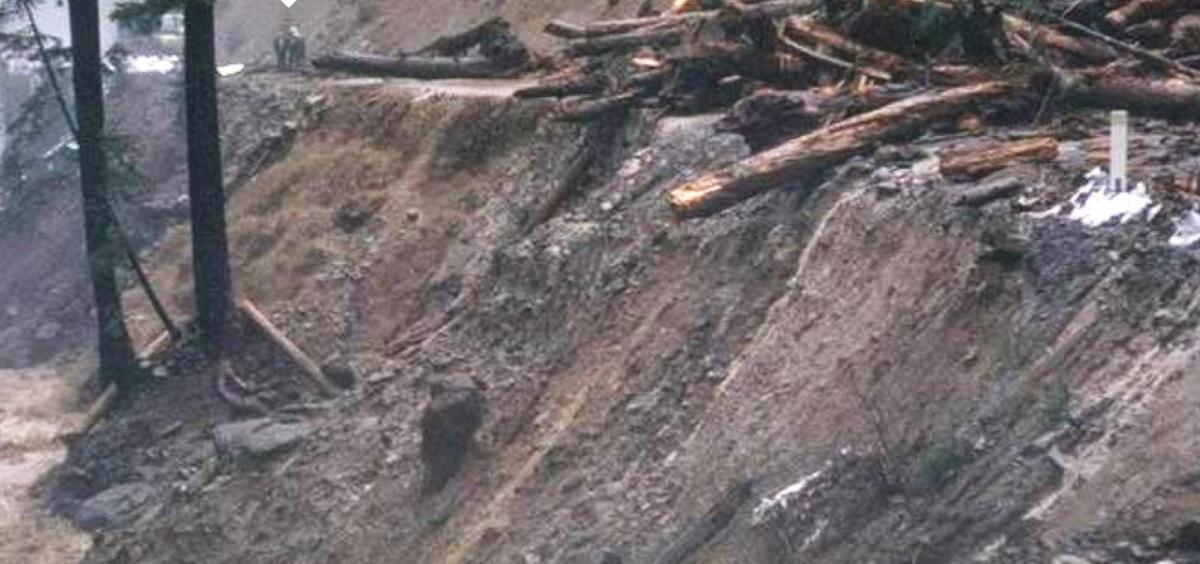
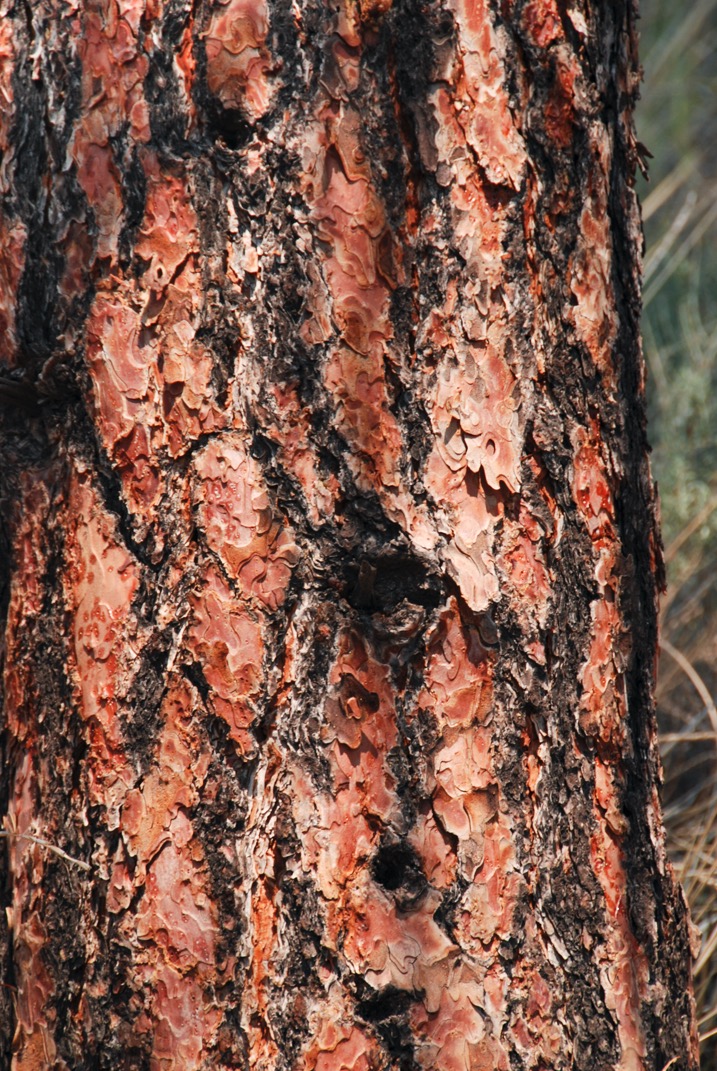 MISSOULA, Mont. —
MISSOULA, Mont. — 





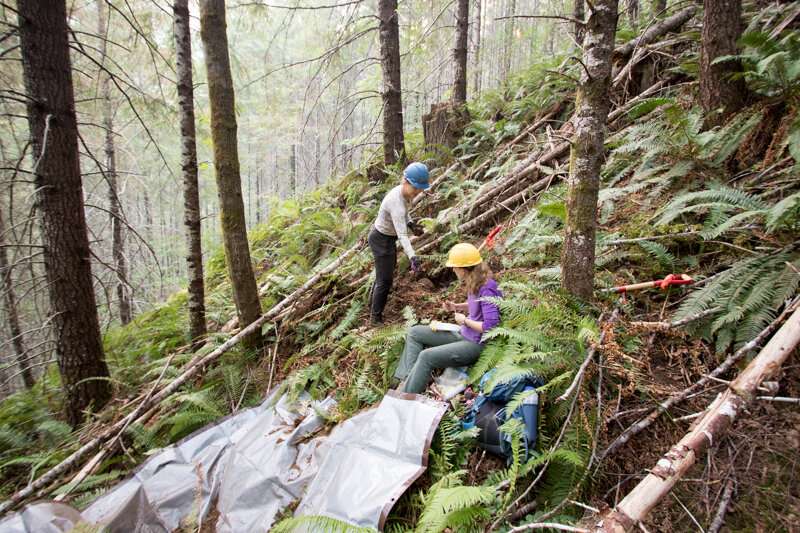
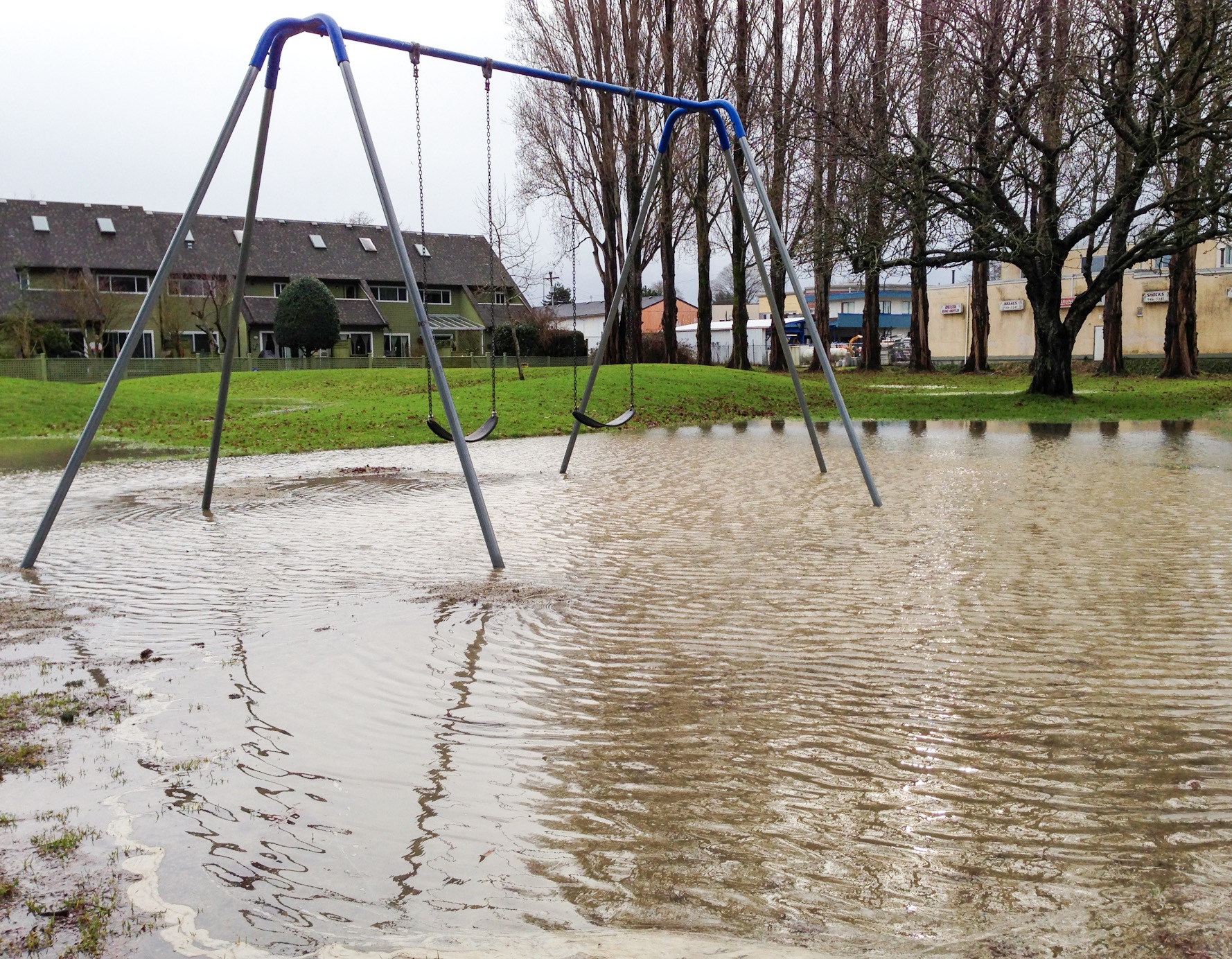 California’s precious trees are receiving a much-needed reprieve from the extreme drought conditions they have been experiencing for several decades. The same atmospheric river storm system that is bringing devastating flooding to communities all over California is providing relief to the state’s forests, according to experts. Data released last week by the U.S. Drought Monitor shows that regions in California and Nevada that were previously in “exceptional drought” status the week before … have been alleviated as a result of the heavy rain walloping the coast. The moisture is likely to stave off a mass die-off of trees in the West, Jim Randerson, a professor at the University of California Irvine said. It is extremely important for the health of forests that water to seep deep into the ground, even into the weathered bedrock, Nate Stephenson, a scientist emeritus at the U.S. Geological Survey’s Western Ecological Research Center, told ABC News.
California’s precious trees are receiving a much-needed reprieve from the extreme drought conditions they have been experiencing for several decades. The same atmospheric river storm system that is bringing devastating flooding to communities all over California is providing relief to the state’s forests, according to experts. Data released last week by the U.S. Drought Monitor shows that regions in California and Nevada that were previously in “exceptional drought” status the week before … have been alleviated as a result of the heavy rain walloping the coast. The moisture is likely to stave off a mass die-off of trees in the West, Jim Randerson, a professor at the University of California Irvine said. It is extremely important for the health of forests that water to seep deep into the ground, even into the weathered bedrock, Nate Stephenson, a scientist emeritus at the U.S. Geological Survey’s Western Ecological Research Center, told ABC News.